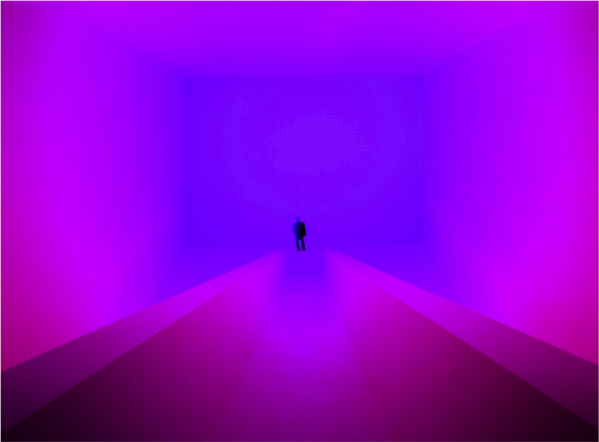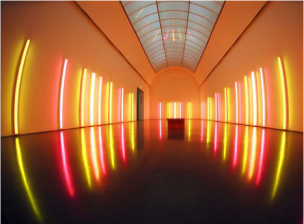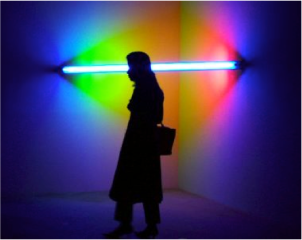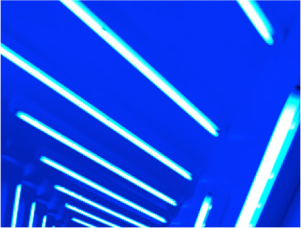We see our surroundings in the day time, and the same surroundings in the night time, yet we often take for granted how implicit light is to shaping our experience. Slight variations of light can affect a person’s perception and feeling towards a particular surrounding. Spaces that accommodate more lighting appear more inviting therefore, people tend to feel safer during the day when there is sun light. In most public spaces light and sound accompany one another and contribute to creating a locational narrative. To place people in a park during the day time, sound cues may transmit noises of children playing. However, transition a later time and the park is likely to be silent with distant sounds of the wind blowing. The way in which an environment is at certain times populated shows that light and sound both have the ability to shape, reshape, and create our collective notions of the spaces around us.

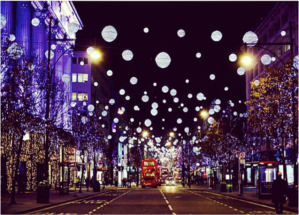
The pictures show two very different settings however, it is clear to see that the lack of light during a certain time of day affects the inhabitants of even the most busiest locations. Boscombe is a more rural setting located by the sea, and does not happen to accommodate much artificial lighting. In comparison, Oxford Circus that is situated in the centre of London appears to be decorated with an array of glowing Christmas lights. Although both locations are naturally filled with darkness, the artificial lighting that has been set up among the streets of Central London have managed to transform what may have been a glum, dreary setting into a place that looks somewhat magical. This therefore shows the significance of light in certain locations.




